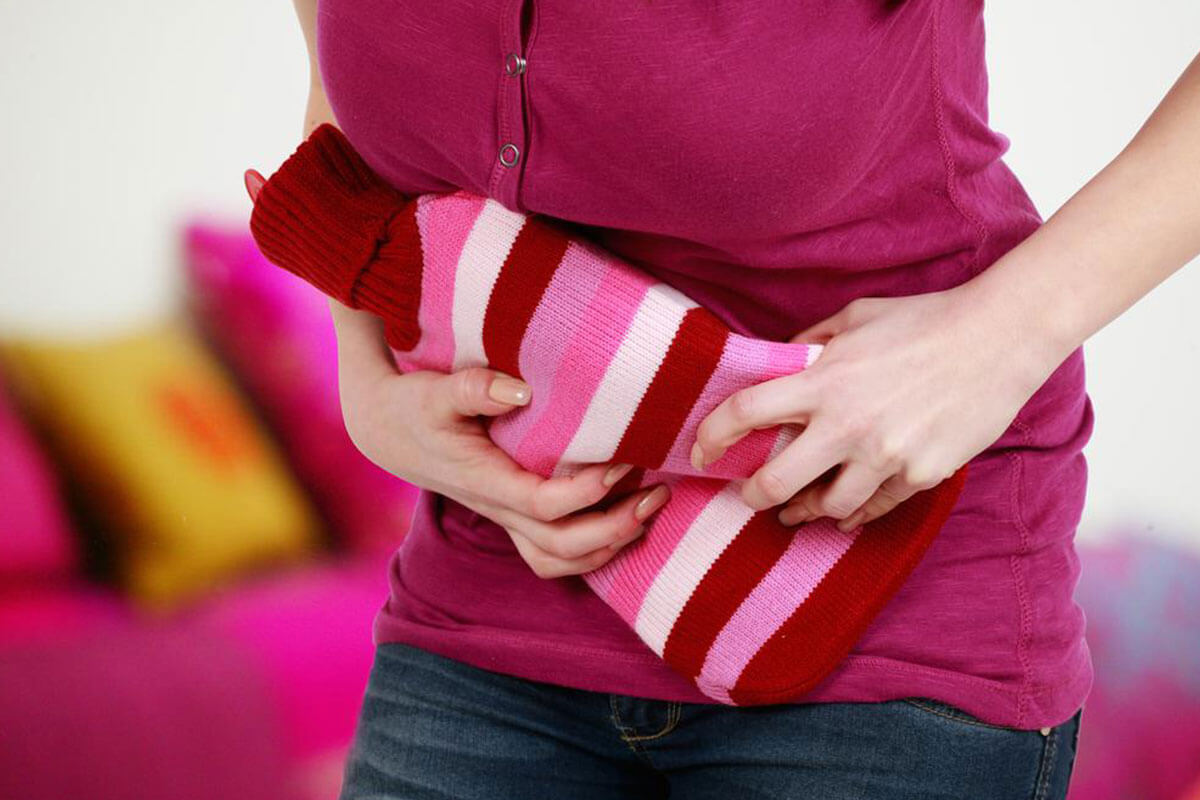5 human foods that are toxic to cats

As a responsible pet parent, you do your best to ensure healthy nutrition and a happy environment for your cats. But it can be hard to resist feeding them a few tidbits off your own plate. However, there are certain human foods that should not be given to cats under any circumstances as they can prove to be life-threatening. Here are five foods that are an absolute no-no for kittens and cats.
5 human foods that are toxic for cats
Chocolate
Milk chocolate and dark chocolate, even in small quantities, can trigger vomiting and diarrhea among cats. Some felines may even experience a rapid increase in breathing rate and body temperature, in addition to the risk of seizures.
Garlic and onions
Both garlic and onions contain compounds that break down the red blood cells. These vegetables are harmful to cats in every form, be it raw, cooked, powdered, or dehydrated. If you notice shortness of breath and sudden weakness in your cats, it could be an anemic reaction.
Raw eggs
Raw eggs are loaded with millions of bacteria such as E. Coli and salmonella. Even mild exposure to these pathogens causes vomiting, diarrhea, and increased fatigue. Eggs also contain an enzyme that destroys essential B vitamins and increases the risk of convulsions.
Grapes and raisins
It is unclear why grapes and raisins trigger severe kidney problems. However, veterinarians advise against feeding any type of grapes and raisins as they are highly toxic to cats, even in the smallest quantities.
Raw dough
Raw dough used for baking contains yeast, a type of bacteria that causes gas buildup upon ingestion. It may trigger bloating, stomach pains, and could also cause the stomach to twist. Immediate medical attention is advisable at this stage.
Best cat food brands
Royal Canin®
It is one of the popular pet food manufacturers featuring a variety of ingredients, proteins, vitamins, and essential nutrients in most of their wet and dry foods for cats. You can pick up Royal Canin cat foods on sale on their website or via pet stores.
Open Farm®
If you are looking for organic food options for your cat, then Open Farm brings you wholesome recipes featuring chicken and turkey from sustainable farms. These recipes contain no artificial meats and are rich in probiotics.
Halo®
Senior cats can benefit from Halo’s grain-free cat foods as they are made with non-GMO ingredients, contain no artificial flavors, colors, or preservatives.


